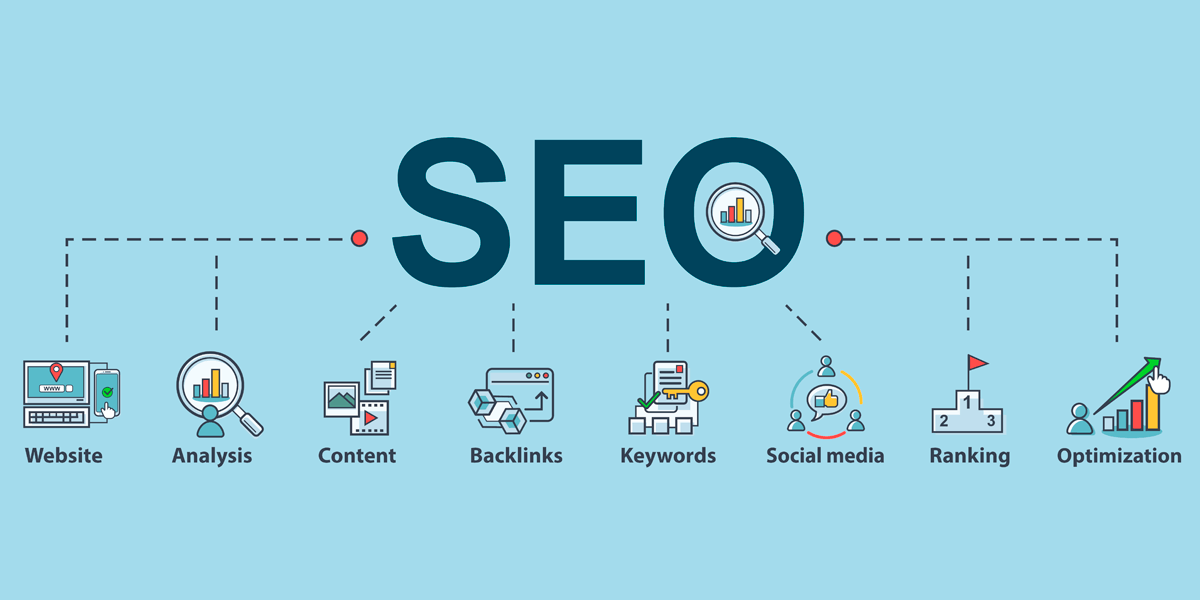Unveiling the Unconventional Mediums in Google Analytics Beyond Default Setups
In the world of electronic analytics, Google Analytics stands as a keystone for companies looking for to recognize their online existence. While default setups offer important understandings, truth depth of recognizing lies in checking out the unusual mediums that typically go undetected. By venturing beyond the surface and diving into the complexities of social networks information, email campaign performance, recommendation traffic resources, straight website traffic patterns, and custom channel collections, a treasure of info waits for those happy to embrace a much more nuanced technique. What lies below these unique mediums may just redefine how businesses perceive and plan their online efforts.

Leveraging Social Network Insights
Occasionally ignored, yet profoundly important, is the method of leveraging social networks understandings within the realm of Google Analytics. By integrating information from platforms like Facebook, Twitter, Instagram, and LinkedIn into Google Analytics, organizations can acquire a much deeper understanding of their audience and the efficiency of their social media sites campaigns.
With this assimilation, marketers can assess and track user habits on their internet site that originates from social media sites systems. They can identify which social networks channels are driving the most traffic, which content is resonating with the audience, and which campaigns are converting one of the most leads. This understanding permits data-driven decisions to enhance social media sites strategies and improve overall advertising performance.
Moreover, by combining social media insights with Google Analytics, companies can create much more targeted and customized campaigns - what is not considered a default medium in google analytics. They can utilize market info, rate of interests, and on-line actions collected from social media sites to improve their target market division and provide tailored messages that resonate with particular customer groups. This targeted approach can result in higher engagement, increased conversions, and ultimately, improved return on financial investment
Revealing Email Project Performance
Uncovering Email Campaign Efficiency entails assessing vital metrics and efficiency signs to assess the effectiveness of e-mail advertising and marketing efforts. When delving right into e-mail campaign efficiency, it is crucial to analyze metrics such as open prices, click-through rates, conversion prices, and unsubscribe prices. Open prices suggest the percentage of receivers that opened up the email, providing understanding into the effectiveness of subject lines and sender names. Click-through prices measure the percent of receivers who clicked on web links within the email, revealing interaction levels. Conversion prices track the portion of receivers who finished a preferred action after clicking a link in the e-mail, such as signing or making an acquisition up for a newsletter. Unsubscribe prices highlight the number of recipients that opted out of obtaining further e-mails, shedding light on e-mail content high quality and relevance. By assessing these metrics, marketing experts can fine-tune their e-mail campaigns for much better involvement and performance.
Analyzing Reference Website Traffic Sources
After assessing the performance of email projects with vital metrics such as open prices and conversion rates, the following essential step is examining reference website traffic sources in Google Analytics to understand where site visitors are coming from and exactly how they communicate with the website. Recommendation web traffic resources describe the web sites that guide individuals to your website with clickable links. By delving into this data, companies can acquire insights into which external platforms are driving website traffic to their website, whether it be social media sites systems, companion websites, or online directory sites.
Analyzing reference website traffic can supply valuable details on the performance of outside advertising efforts and partnerships. It aids organizations recognize high-performing recommendation sources that contribute significantly to internet site web traffic and conversions. By comprehending the behavior of site visitors coming from different reference sources, businesses can customize their advertising strategies to optimize interaction and conversions. Google Analytics supplies in-depth reports on referral website traffic, allowing organizations to track the performance of each reference source properly and make data-driven decisions to boost their on the internet visibility.
Discovering Straight Traffic Patterns
Checking out the direct website traffic patterns in Google Analytics offers important insights right into user behavior and the efficiency of projects - what is not considered a default medium in google analytics. Straight web traffic refers to site visitors that come down on a site by directly inputting the URL into their web browser, making use of book marks, or clicking untagged links. Comprehending direct web traffic patterns can assist marketing experts review the influence of offline marketing initiatives, brand name acknowledgment, and the performance of word-of-mouth recommendations
By diving right into direct web traffic data, businesses can uncover essential information concerning customer intent and brand name loyalty. Evaluating the behavior of straight site visitors, such as the pages they go to, the time invested on website, and the conversion price, can give a much deeper understanding of user engagement and the total performance of go to my site the web site in converting site visitors into customers.
In addition, tracking straight web traffic patterns over time permits services to determine trends, seasonality results, and the success of particular campaigns or promos in driving direct check outs. This information can after that be utilized to refine advertising and marketing methods, optimize internet site material, and boost the general user experience to maximize conversions.
Making Use Of Customized Channel Groupings
Making use of customized blog network groupings in Google Analytics permits companies to classify and evaluate their internet site traffic based upon specific requirements, providing useful insights for maximizing marketing methods. Custom channel groups enable business to develop their own personalized groups of traffic resources, such as social media sites, organic search, e-mail projects, and referral web traffic. By specifying these groupings, companies can get a much deeper understanding of how different marketing channels add to their web site traffic and conversions.
This function is specifically valuable for companies with diverse advertising and marketing strategies across numerous platforms. A firm running both paid and organic social media projects can set apart between the 2 to analyze their individual efficiency accurately. In addition, custom channel groups can assist recognize any type of forgotten or ignored traffic sources that might be driving useful involvement.
Verdict

By venturing beyond the surface area and delving into the details of social media data, e-mail campaign performance, reference traffic sources, straight website traffic patterns, and customized network groups, a treasure trove of details waits for those prepared to accept an extra nuanced approach. They can recognize which social media channels are driving the most traffic, which material is reverberating with the target market, and which projects are converting the most leads.After assessing the efficiency of e-mail projects via essential metrics such as open rates and conversion prices, the following crucial step is examining referral website traffic sources in Google Analytics to comprehend where web site site visitors are coming from and just how they communicate with the site. Custom-made network groups make it possible for companies to create their own personalized groups of traffic sources, such as social media, organic search, email campaigns, and referral traffic. By leveraging social media insights, uncovering email project efficiency, assessing reference website traffic resources, discovering direct traffic patterns, and utilizing custom channel groups, online marketers can acquire valuable insights right into their on-line existence.